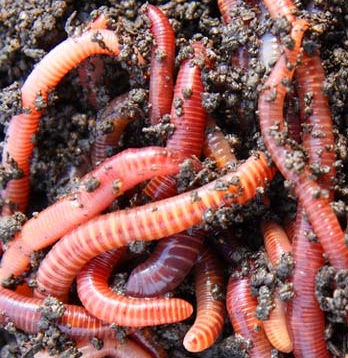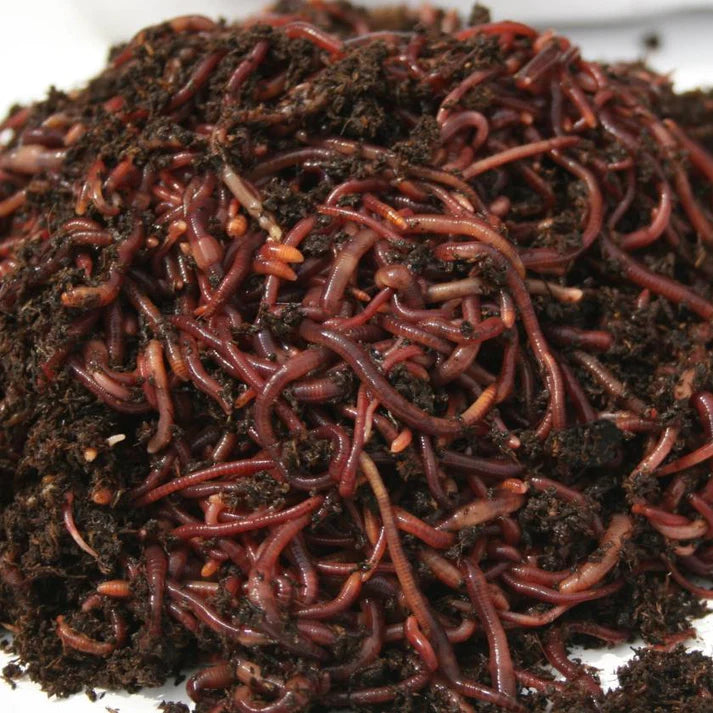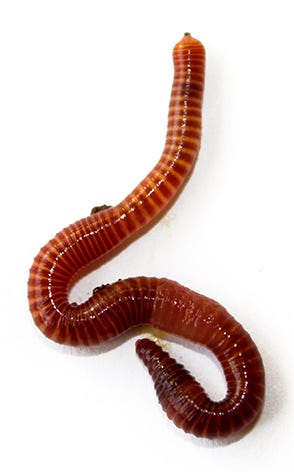The Definitive Guide to Red Wiggler Express
Table of ContentsThe Best Guide To Red Wiggler ExpressThe Only Guide for Red Wiggler ExpressRed Wiggler Express - The FactsWhat Does Red Wiggler Express Do?
With the international press for sustainability and with environment-friendly practices expanding in appeal, individuals are ultimately coming about and recognizing the ecological advantages of red wiggler worms and composting. In this article, we'll discuss how vermicomposting supports lasting horticulture and the environmental advantages of red wigglers and various other earthworms.
This is the except it. If you intend to review extensive about red shakes, we have a whole post devoted to them here. Currently, allow's enter the basics of exactly how these worms sustain sustainable gardening practices and benefit the atmosphere: Worm composting resembles a health facility day for your dirt.
When integrated into your garden soil, these spreadings improve its framework, oygenation, and water retention. This aids with plant growth and health and does not require the use of any type of chemicals. Did you know that natural waste makes up a considerable part of garbage dump material?
By diverting your kitchen scraps and backyard waste into a worm composting container, you're efficiently minimizing the quantity of natural waste that winds up in garbage dumps. It's a win-win circumstance for your garden and the world. Forget chemical plant foods worm spreadings are the actual bargain. They're chock-full of crucial nutrients like nitrogen, phosphorus, and potassium.
Red Wiggler Express for Dummies

Keep the bin in a cool, unethical place to stop overheating. Mix the nutrient-rich worm castings into your garden dirt or utilize them as a leading clothing for potted plants. You'll discover healthier, happier plants quickly! It actually is as simple as that. In a globe where sustainability is coming to be significantly essential, red wigglers beam as unsung heroes of gardening.
Composting might appear like old news, yet doing it with a container loaded with worms most likely doesn't. Red wiggler worms offer terrific advantages to the natural gardener, generating both a natural plant food and an efficient chemical. And they consume your cooking area scraps. The worth of red wigglers, a.k (Red Wiggler Express).a. Eisenia fetida, depends on their waste matter, understood as worm spreadings.
Worm castings may be purchased at stores such as SBS in Vineyard Place or Vineyard Gardens in West Tisbury, however to raise the worms in a compost bed and harvest your own castings is far more fun. The job of these worms is an aspect of sustainable living. Red wigglers are aboriginal to horse manure, where they tunnel to lay eggs.
Red Wiggler Express Can Be Fun For Anyone
(https://1businessworld.com/pro/rwigglerexnc/)They can't make a whole lot of it." He covers the bin with straw, then an item of old carpeting. "They like the warmth," he states. Lynn explains the manufacturing of castings and 2 usages: as a plant food and as a chemical. "They absorb decomposing matter. It travels through them and adds calcium to make this abundant earth," she claims.
"I did it to see if it would certainly make a distinction on white flies and aphids. The red wiggler is a prodigious breeder, laying eggs as frequently as when a week - Red Wiggler Express.
It takes 3 to 5 months for a baby worm to get to sexual maturity and the grown-up length of 3 inches. Their lifetime is 4 to 5 years unless obviously they are utilized for lure. As freshwater fish bait, wigglers agonize on the hook and survive underwater longer than standard earthworms.

The smart Trick of Red Wiggler Express That Nobody is Discussing

A number of years ago the Stelle family relocated into an Edgartown fixer-upper farm. "I wanted to get into farming with things that didn't require to be had a tendency to day-to-day like a cow. We were presented to worm farming and started with 50,000 worms. That sounds like a lot, yet they're really little." She originally bought her worms online from a worm ranch in Vermont.
As one of the Epigeic class of compost worms, the usually does not appear in dirts. Rather, it grows within the soils of ground covers, manure, and breaking down greenery. The worm is red or reddish-brown in color and has a smooth, cylindrical form. The clitellum, or saddle-like reproductive gland, is located about two-thirds of the means down the worm's body.
A red wiggler worm can mature to four inches in length however is typically just about two and a half inches. The worm has a little mouth situated at the front of its head. It also has little bristles, called setae, which aid the worm move and anchor itself to surface areas.
